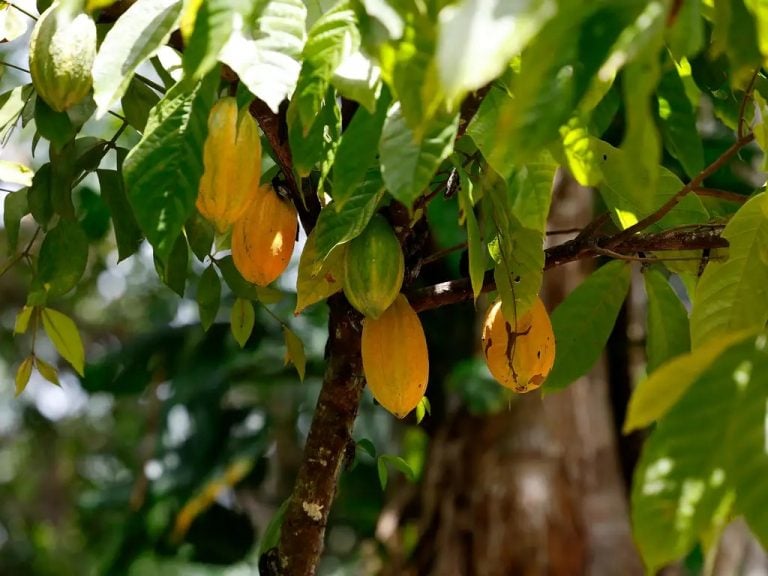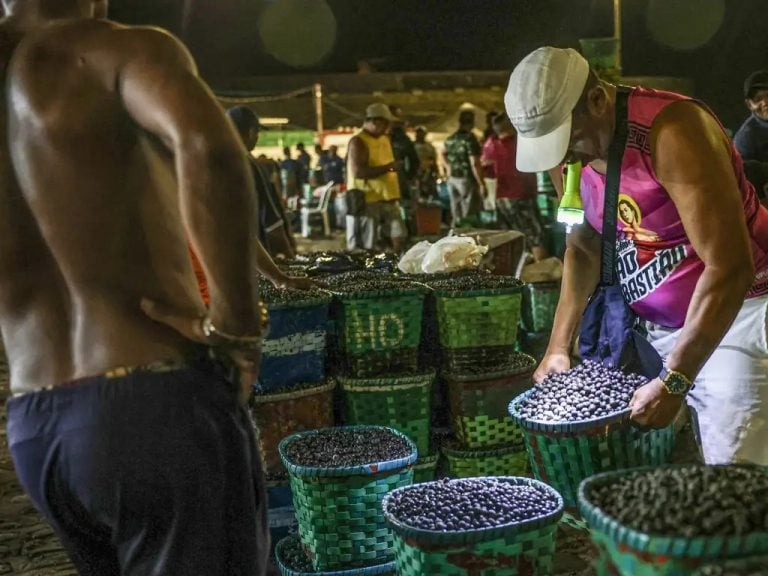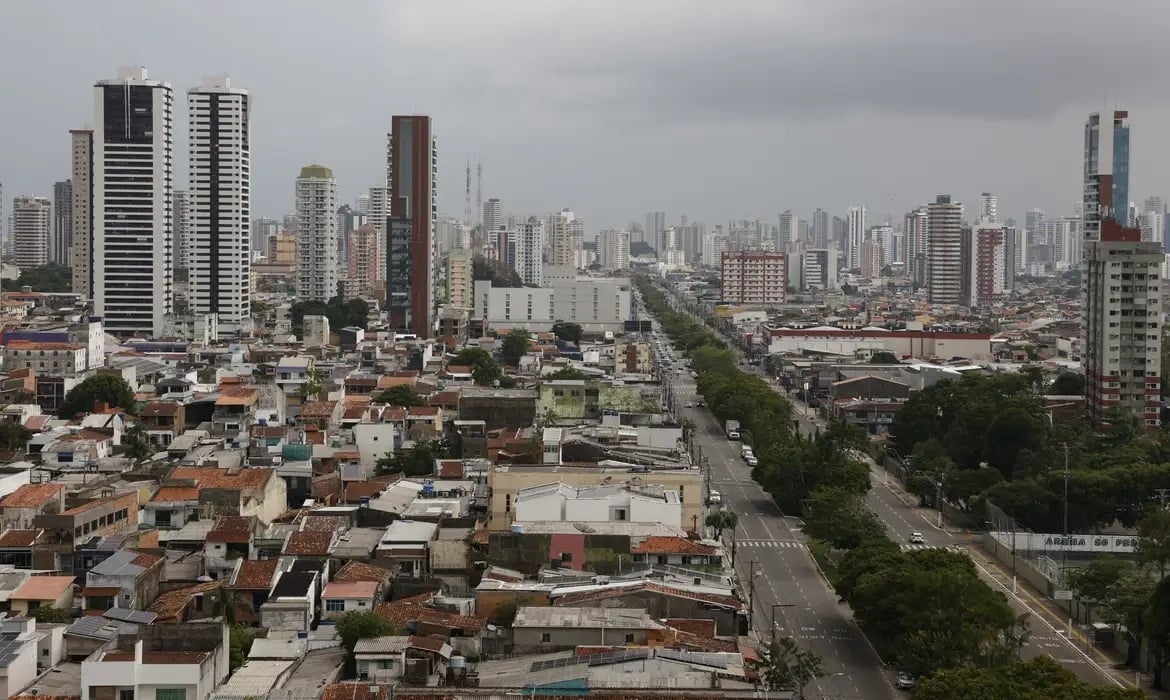Belém: learn more about the city hosting COP30

Named Belém in 1616, the city that will host the 30th United Nations Climate Change Conference ( COP30 ) from November 10 to 21 was once called Mairi . The place was the territory of the Tupinambá people, guardians of knowledge capable of confronting the global challenge that will bring together leaders from around the world today in search of a solution.
According to historian Michel Pinho, the history of the territory began thousands of years ago. “This region of the Amazon, contrary to what has been taught for a long time, has been densely populated for 11,000 years. There are researchers, such as [archaeologist] Marcos Magalhães, from the Emílio Goeldi Museum, who prove an intense occupation along the rivers, lakes, and streams.”
 Cocoa plantation on Combu Island, in Belém – Photo: Tânia Rêgo/Agência Brasil
Cocoa plantation on Combu Island, in Belém – Photo: Tânia Rêgo/Agência Brasil
Among these occupations was Mairi, or the territory of Maíra, an entity responsible for the origin of the world and provider of ancestral secrets about cassava, açaí, and so many other ancestral crops.
“We attribute this level of technological and social development to other peoples outside the Amazon, such as the Mayans, Aztecs, Incas, and Egyptians, but the Tupinambá also had full knowledge and mastery of nature. You have an entire coastline that is now the state of Pará, starting from Belém , occupied by a population that has a profound knowledge of fishing, ceramics, and planting,” highlights Michel Pinho.
Archaeological studies of the region indicate that these groups were large and densely packed, possibly exceeding a thousand individuals in areas of approximately 2.5 hectares, as described by Márcio Souza in his book "History of the Amazon."
“The Tupinambá people viewed the Mairi issue as a gathering, as a group of people. And in our case, this gathering is fully explainable by the fact that it is located between two fundamental geographical spaces, which are the Guamá River and the Guajará Bay. So, you have transportation, you have protection, and you also have food,” explains historian Michel Pinho.
For many years after the arrival of colonizers in Brazil, the Tupinambá resisted in Mairi, until the dispute between the French and Portuguese over land in the region led Francisco Caldeira Castelo Branco and a troop of more than 100 soldiers to found a city and build a fort capable of preventing the occupation of the territory by other European nations.
As Castelo Branco sailed towards Mairi during the Christmas period, shortly after reconquering Maranhão from the French, he decided to rename the location chosen for the construction of the Forte do Presépio (Fort of the Nativity) to the city of Nossa Senhora de Belém do Grão-Pará (Our Lady of Bethlehem of Great Pará).
 Açaí vendors at the traditional Ver-o-Peso market in Belém – Photo: Marcelo Camargo/Agência Brasil
Açaí vendors at the traditional Ver-o-Peso market in Belém – Photo: Marcelo Camargo/Agência Brasil
The clashes between the Tupinambá and the Portuguese that followed the arrival of Castelo Branco were not able to completely erase Mairi's ancestry.
“In fact, this Tupinambá occupation is the daily practice of thousands of people to this day. So, the population that lives along the rivers, the population that lives in the Marajó fields, has a direct relationship with this historical past, in terms of cultivating açaí, cultivating Brazil nuts, consuming fish, and managing the forest. This past is not distant. In fact, it is present in our daily lives,” emphasizes the historian.
A daily life that also persists in the Tupi language, still present in the vocabulary of those who live in Belém, whether on the street that honors the Tupinambá people or in the neighboring city of Marituba, or in everyday words like carapanã, which remains the word used to name what the rest of Brazil knows as mosquito.
These are words that will be part of the daily lives of world leaders over two weeks, during which they will have the opportunity to seek inspiration from peoples who have lived for thousands of years in harmony with the environment without causing any alteration to the climate.
“I think it’s even a poetic relationship, because you have a past that teaches the present. You have a forest dweller who teaches that cutting down trees is the worst solution, you teach that caring for the waters is fundamental to existence, you teach that the conscious consumption of food is part of a society that thinks about the future. COP30 needs to consider that the sustainability of the planet is not in the future, it is there in the past to teach us,” concludes Michel Pinho.
During the COP30 program in Belém , historian Michel Pinho will give a free open lecture about the city, starting at the Forte do Presépio, in the Feliz Lusitânia complex, passing through the Ver-o-Peso Market, Bolonha Market, Convento das Mercês, Boulevard da Gastronomia, Companhia das Docas do Pará, and ending at the Museu das Amazônias.
Service:
Lecture “Belém at COP30: past, present and future”
When: November 16th, at 8:15 AM
Where: exit from Forte do Presépio
CartaCapital




